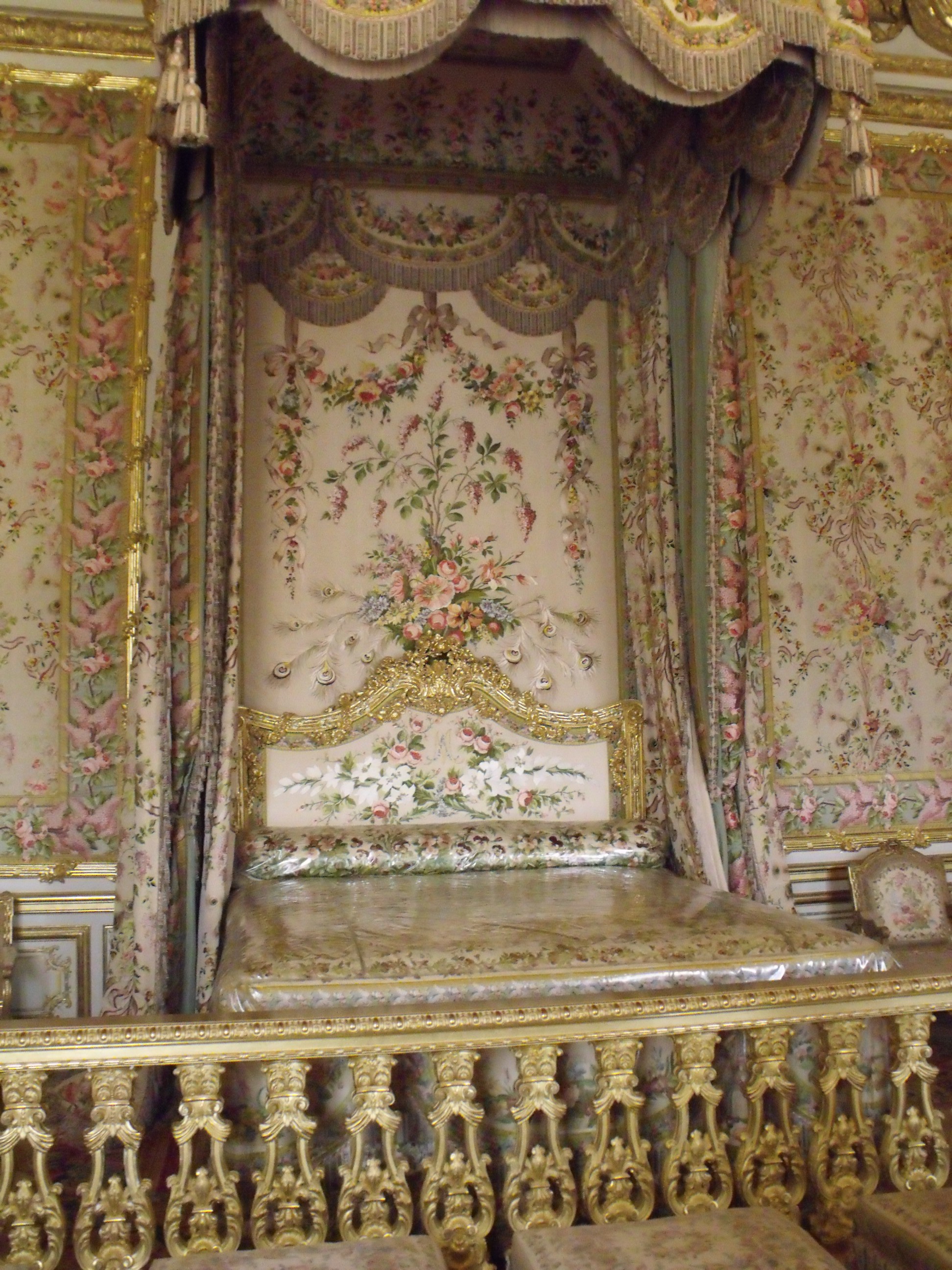France is probably going to be on my mind a lot during the next year; we’re planning another trip in 2013. That means it will probably be in my blog as well, since I mostly write about what I am thinking about. Not too much space between my thoughts and my fingers, actually. To paraphrase my favorite movie, Under the Tuscan Sun, “It’s my process.”
Given that we’re going to France and I love food, I put my name on the list at the library for what appeared to be a very cool book — A Table in the Tarn: Living, Eating, and Cooking in Rural France. I mean, really? How could this be bad? I read all of Peter Mayle’s books about his experiences living in southern France and reviewed a couple of them here and here. Oliver Murrin’s book looked like it was worth waiting for at the library.
I was right. It was a wonderful book, packed with personal stories of giving up the city life and starting up a bed and breakfast in southern France. It was also packed with recipes; about two-thirds of the book is mouth-watering ideas for fabulous eats. I was drawn to the Roquefort Tart pictured above — the recipe is here at what appears to be a blog on hiatus.
Imagine my surprise when I actually went to find the web site for Manoir de Raynaudes to see if we could stay there. It’s gone. Well, not actually gone, but sold to the highest bidder!
It appears that Oliver Murrin and his partner Peter Steggall went back to their British roots, bought a very old manor in southwestern England’s Somerset Levels, and operate it as a bed and breakfast. I’m pretty sure we’ll stay at Langford Fivehead when we do our southwestern England trip, which will of course include my pilgrimage to Daphne Du Maurier’s Cornwall.
But that’s another set of books and another year of traveling. 🙂













